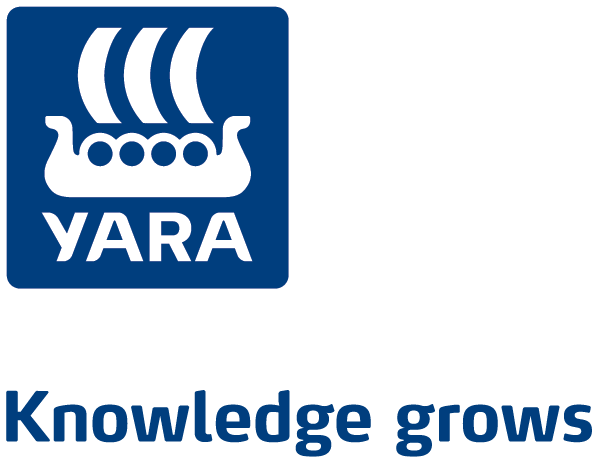Splitting potassium applications into frequent and small doses provides the highest yield responses, particularly in high rainfall areas and on light soils. Adequate potassium nutrition increases crop height, girth and the number of green leaves, as well as the number of fruit per plant. Conversely, low K-supply results in reduced plant dry matter production, fragile branches and poor plant vigor.
![]()
![]()
Potassium is important for the transfer of carbohydrates from the leaf to the fruit, improving pulp content and fruit size.
![]()
![]()
![]()
Magnesium is critical for chlorophyll production and is a metabolic activator for carbohydrates, fats and proteins, and involved in P-transport. Magnesium has a direct effect on bunch weight and banana yield.
It is important to maintain correct K:Mg ratios within soils or yield will suffer. Large applications of potassium commonly restrict magnesium uptake. Critical ratios for soil magnesium compared to potassium and calcium are given in Optimum Ca, K and Mg Ratios in Soil.
![]()
![]()






















































